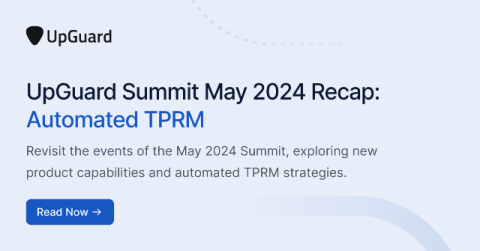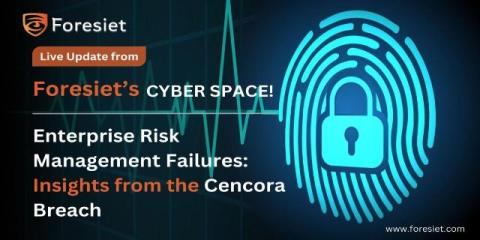A Guide to Vendor Risk Management Reporting in 2024
Vendor Risk Management encompasses a wide range of cybersecurity risk factors. As such, a VRM report design could range from highly detailed to concise, depending on the specific reporting requirements of stakeholders and the board. This list represents the most comprehensive scope of third-party risk management information to fit the broadest range of VRM reporting use cases.










